How far can Huawei’s collaborative model in the new energy vehicle sector extend? Huawei’s approach to partnerships within this domain is reshaping the industry ecosystem by positioning itself as a “technology enabler”. Its sustainability stems from an acute grasp of industrial trends and multi-dimensional value creation.
From foundational technologies to ecosystem co-creation, Huawei’s collaboration model has transcended traditional boundaries between suppliers and automakers, forming a closed-loop system characterised by ‘technological symbiosis, shared ecosystems, and mutual market success.’ This deep synergy is emerging as the mainstream paradigm in the era of intelligent vehicles.
Huawei’s core strength lies in the integration of its full-stack technological capabilities with an open ecosystem. It assists automakers in rapidly addressing gaps in intelligent capabilities while deeply engaging in product definition and ecosystem construction. This approach mitigates transformation risks for automakers while providing Huawei with flexible avenues for technological penetration.
Huawei’s collaborative model has demonstrated remarkable resilience. Jointly developed vehicle models achieve differentiated competitiveness in intelligent experiences. For instance, the rapid iteration capability of advanced intelligent driving systems ensures partner vehicles maintain sustained leadership in safety, efficiency, and user experience.
The evolution of Huawei’s partnership model will focus on ‘decentralisation’ and ‘scenario-based applications’. As automakers enhance their intelligent capabilities, Huawei may gradually shift from technology leadership to ecosystem support, empowering manufacturers to build autonomous technical systems through open underlying architectures and data interfaces.
How far can Huawei’s new energy vehicle collaboration model extend? At its core, this approach represents an inevitable choice born from the convergence of technological revolution and industrial transformation. Technological empowerment dismantles traditional supply chain barriers, while ecosystem co-creation reshapes industrial value distribution. Ultimately, this facilitates a leap from ‘technical cooperation’ to ‘industrial synergy’.


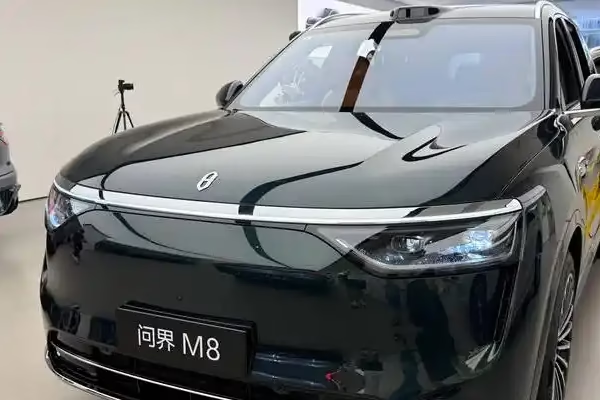

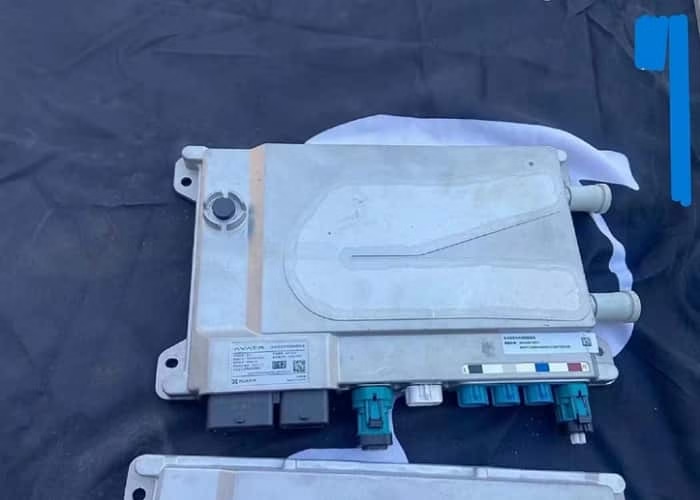
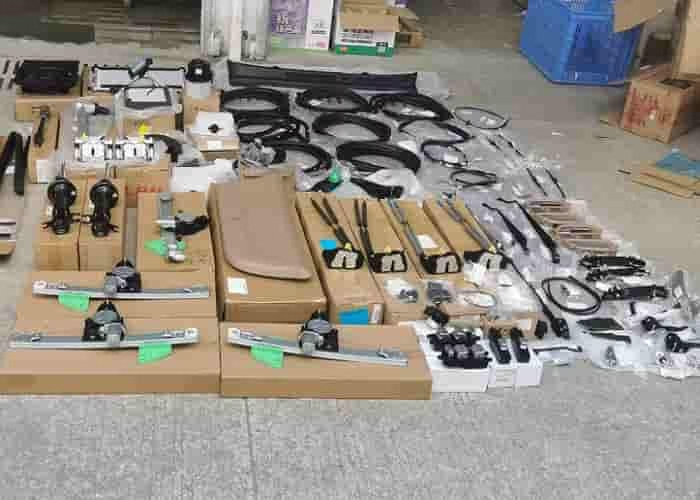



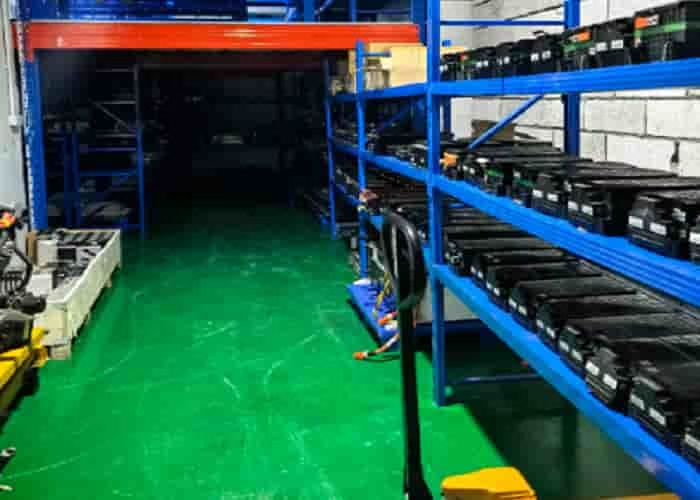
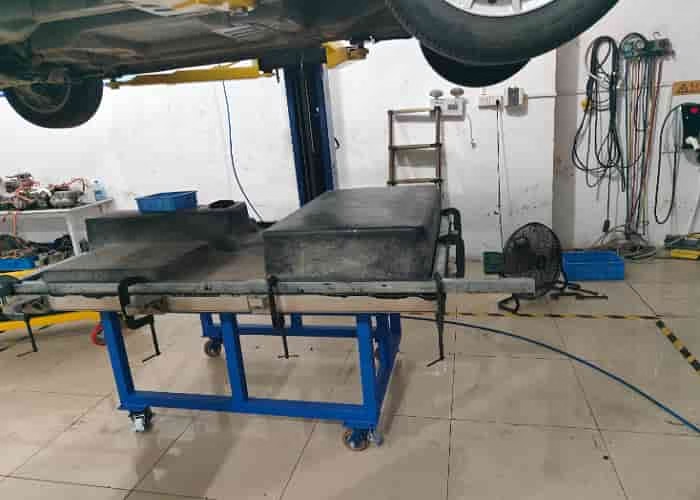
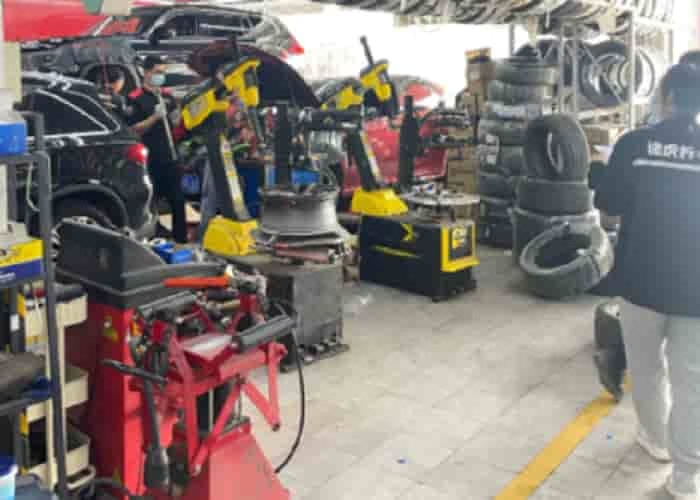




Leave a Reply